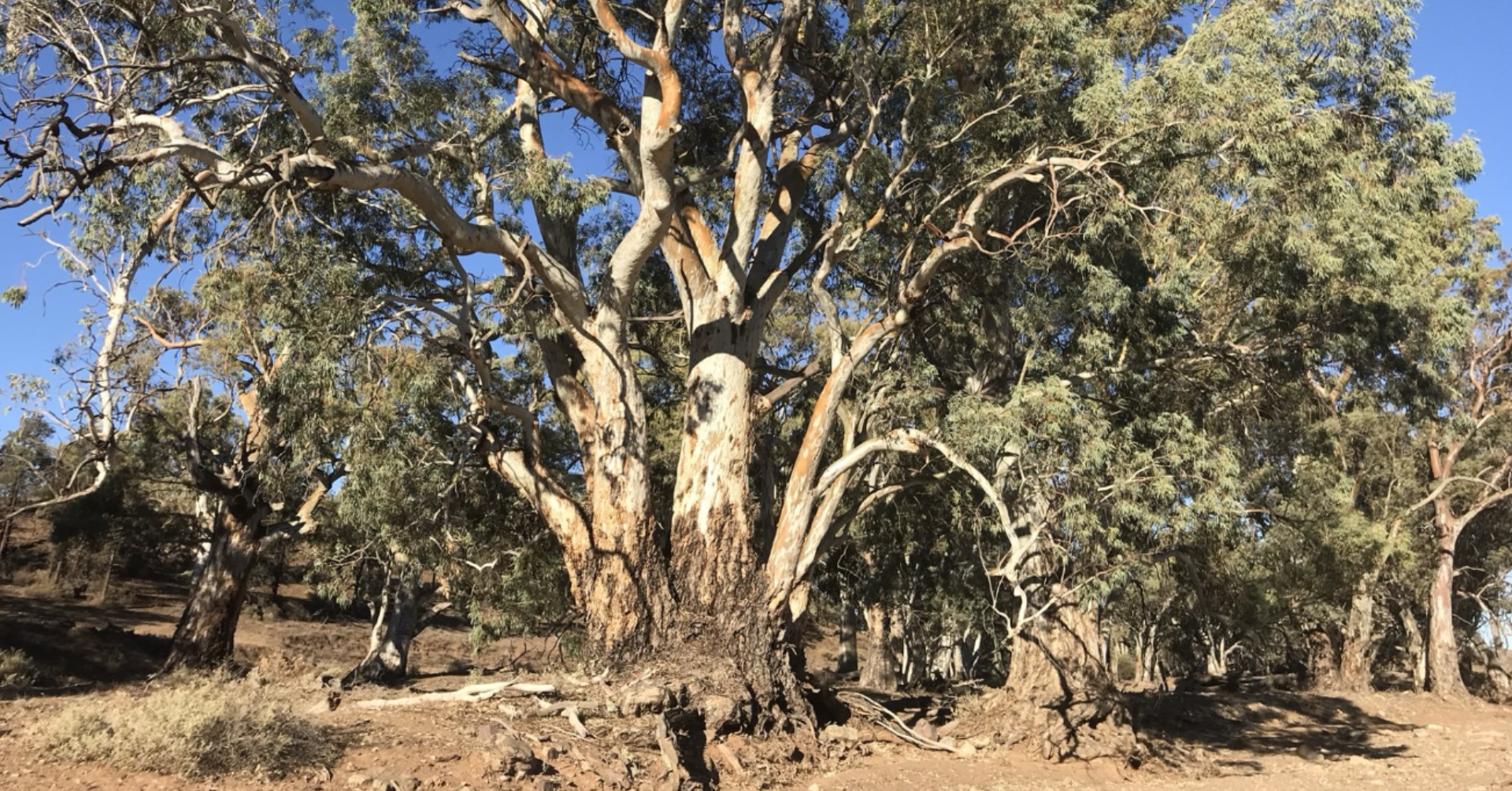Relational Governance: A New Model of Leadership 🤝🌱
At the core of governance innovation is relational governance, which challenges the conventional top-down systems that dominate much of the world today. This model recognises that true leadership is not about exerting power from the top, but about cultivating relationships—among people, between communities, and with the land. In relational governance, decision-making is decentralised, and the focus is on cooperation and mutual respect rather than command and control.
Collaboration Over Control: The Power of Connection 💬🌍
Governance innovation means moving away from systems that prioritise individual gain and profit toward those that value collective wellbeing and interconnectedness. This is not just about people leading people—it’s about people leading together, acknowledging that leadership is a shared responsibility. In relational governance, every voice matters, from Indigenous communities with traditional ecological knowledge to local groups and citizens who bring unique perspectives.
This model invites collaboration as a cornerstone of governance, embracing a leadership structure where communities have the power to shape decisions that affect their futures. By emphasising connection over control, relational governance creates stronger, more resilient systems where everyone has a stake in the outcome.
Indigenous Knowledge at the Forefront of Innovation 🪶🌿
One of the key drivers of governance innovation within the Pathmakers Framework is the deep integration of Indigenous wisdom. Indigenous cultures have long understood that governance cannot be separated from the environment, social wellbeing, or community. This holistic view has guided traditional systems of leadership for millennia, offering insights that are urgently needed in today’s fractured world.
By integrating Indigenous ecological knowledge, governance innovation can bring forth practices like regenerative land management, sustainable trade systems, and communal care, all of which have stood the test of time. These models are not merely nostalgic; they offer practical, transformative solutions for modern governance challenges.
Reimagining Systems: Decentralised and Adaptive Leadership 🌍🔄
Traditional governance systems tend to be rigid, focusing on top-down directives, bureaucratic systems, and market-driven agendas. Governance innovation, on the other hand, is about decentralisation and adaptability. The Pathmakers Framework advocates for flexible, responsive systems that can evolve as conditions change. These adaptive systems focus on long-term sustainability and are designed to respond quickly to emerging challenges.
Instead of top-heavy hierarchies, this model encourages collaborative decision-making processes, where local communities, policymakers, and stakeholders have equal input. It recognises that innovation isn’t just about technology, but about changing how we engage with one another and the world around us.
The Role of Stewardship: A Governance Built on Responsibility 🌍💚
Another hallmark of governance innovation is stewardship—the practice of caring for and protecting what sustains us. This is deeply embedded in the relational governance model. Stewardship involves taking responsibility not just for immediate needs, but for the long-term health of the land, the economy, and future generations.
Relational governance asks us to consider the impact of our actions on the environment, and to ensure that what we take, we give back. This approach leads to more sustainable practices in agriculture, resource management, and community development, encouraging policies that prioritise ecological health and equity over short-term profits.
Creating the Future: A Collaborative Path Forward 🚀🌏
The future of governance lies in innovation—in reimagining leadership systems that prioritise people, planet, and communities over profit and power. Relational governance, as envisioned in the Pathmakers Framework, offers a bold new approach to leadership that is rooted in connection, sustainability, and shared responsibility.
It’s clear that the challenges we face today demand a new kind of leadership—one that embraces diversity, fosters collaboration, and is deeply rooted in ecological principles. By embedding relational governance into our systems, we can begin to build a more just, balanced, and resilient future.
---
In conclusion, governance innovation isn’t just about creating new systems—it’s about transforming the ways we engage with each other and the world. By prioritising relationship-based governance, we can create systems that work for everyone and everything, ensuring a future that thrives on cooperation, respect, and sustainability.
Further Reading
There are five landmarks in the Pathmakers Framework. They are:
1 Economic Reciprocity – This landmark focuses on fostering mutual exchange and ensuring that communities benefit equitably from the resources and opportunities that come from working together, with a strong emphasis on sustainability and shared prosperity.
2 Environmental Connection – This landmark is about building and strengthening the connection between people and their environment, recognising the interdependent relationship that sustains both. It highlights the importance of caring for country and understanding the environmental processes that shape and are shaped by human actions.
3 Community Collaboration – This landmark focuses on working together, building trust, and strengthening relationships within and between communities. It looks at how collaboration can drive collective action and create shared solutions for the challenges communities face.
4 Relational Governance – This landmark encourages the development of new and inclusive governance systems that respect the rights of all people, particularly Indigenous peoples, and foster resilience, adaptation, and sustainability in the face of changing social and environmental conditions.
5 Cultural Heritage – This landmark underscores the importance of preserving and celebrating cultural practices, traditions, and knowledge. It fosters an understanding of how cultural heritage shapes identity, strengthens communities, and contributes to the resilience of people and place.
These landmarks work together, each influencing and being influenced by the others, forming an interconnected framework that promotes holistic and grounded approaches to community resilience, cultural heritage, and environmental stewardship.
Tags: governance innovation, sustainability, relational leadership

